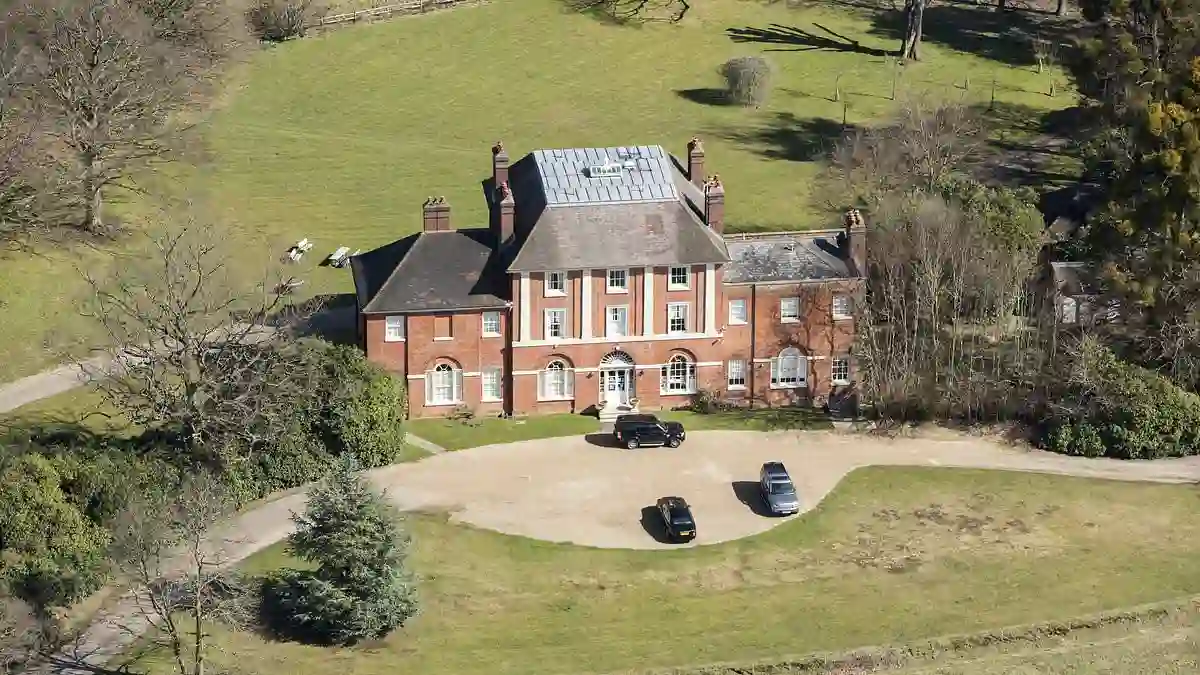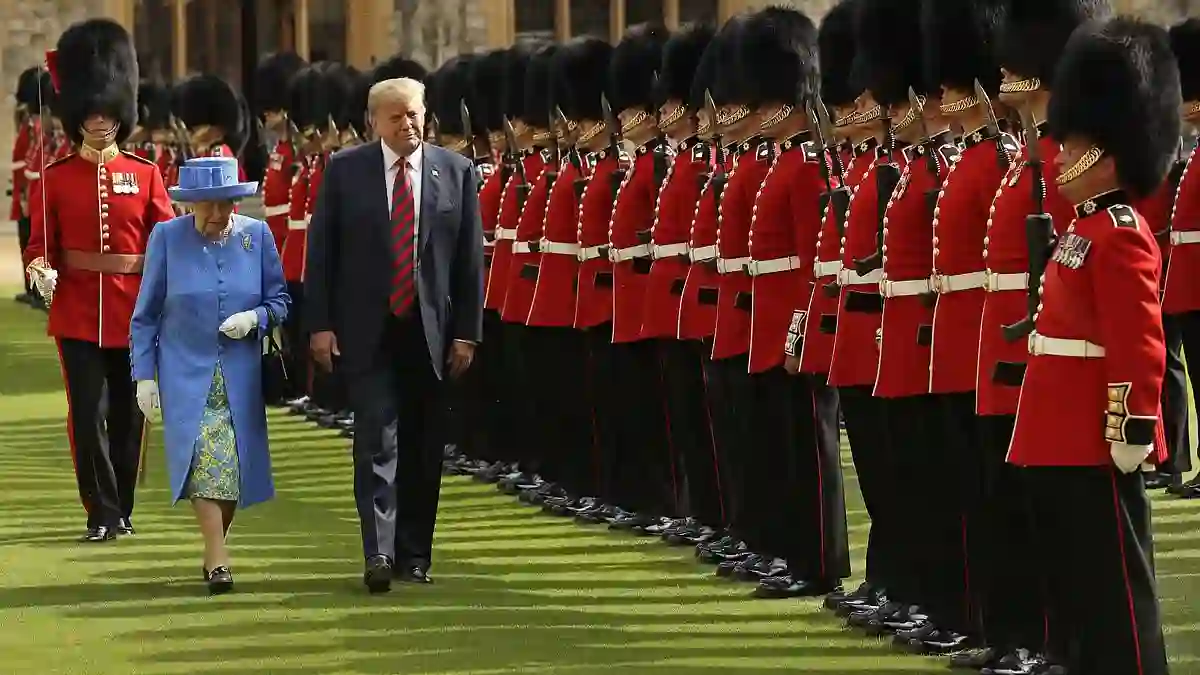As Prince William and Kate Middleton settle into a new stage of their royal life, the family has made a significant move from their cozy residence at Adelaide Cottage to the grand eight-bedroomed Forest Lodge in Windsor Great Park.
The couple has expressed that the lodge could serve as their “forever home” when William eventually ascends the throne.
But behind the stately façade lies a history far more complex than meets the eye.
The Lodge’s Illustrious Beginnings
Forest Lodge was built in the late 18th century by Sir Jeffry Wyatville, the same architect responsible for parts of Windsor Castle under King George IV.
Its gardens, designed by Humphry Repton, reflect the elegance of the English landscape tradition.
Though Wyatville considered making the house his own home, it was purchased by Spencer Mackay, a Scottish entrepreneur whose wealth came from coffee and rum plantations in Guyana.
A Dark Legacy in Guyana
Mackay’s fortune came at a horrific human cost.
Hundreds of enslaved people were transported from West Africa under brutal conditions to work on his plantations. Forced labor, beatings, and deadly punishments were routine.
In 1823, a large-scale rebellion erupted in Demerara, partly involving Mackay’s enslaved workers, but the uprising was violently crushed, leaving hundreds dead.
Even after slavery was abolished in 1834, Mackay received compensation for his lost labor force, highlighting the grim realities tied to Forest Lodge’s early ownership.
Historical Guests and Royal Connections
Beyond its troubled colonial ties, Forest Lodge has hosted figures of cultural significance.
Alice Liddell, the inspiration behind Alice in Wonderland, visited during her uncle Colonel Augustus Liddell’s occupancy.
In the 20th century, the lodge was home to Sir John Aird, a royal equerry whose life intertwined with historical events, including Edward VIII’s infamous abdication crisis.
Aird ultimately ended his life at Forest Lodge, marking another somber chapter in the house’s history.
The Lodge in Modern Royal Life
Following Aird, the property passed to figures like the 14th Lord Napier, who played key roles behind the scenes in royal affairs, including managing Princess Margaret’s turbulent marriage.
Over the years, Forest Lodge has seen an array of notable residents, each leaving a distinct mark, yet none as high-profile as its new occupants, William and Kate.
A Fresh Start for the Royal Family
While the house carries centuries of complex history, the move represents a fresh beginning for the Cambridges.
After the challenges they faced at Adelaide Cottage, including Kate’s cancer treatment and the constraints of a small residence, Forest Lodge offers a spacious and private environment for the family.
Observers suggest that even if it may not literally be a “forever home,” it marks a meaningful step forward for their life in Windsor.



